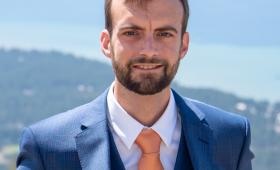Lawrence Livermore National Laboratory physicist Alex Zylstra has been awarded the 2023 Edouard Fabre Prize for his experimental leadership of the milestone “Hybrid-E” campaign that achieved fusion ignition at the National Ignition Fa
Science and Technology
in the News
Science and Technology
in the News
News Center
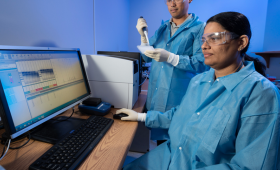
LLNL scientists along with collaborators from the University of California, Davis have adapted previously described engineered bone marrow (eBM) for use as a 3D platform to study how microenvironmental and immune factors affect OS tumor progression.
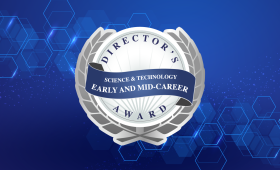
Twelve scientists and engineers have been named to LLNL’s ninth annual Early and Mid-Career Recognition (EMCR) Program to honor the scientific and technical accomplishments, leadership and future promise demonstrated early in their careers.
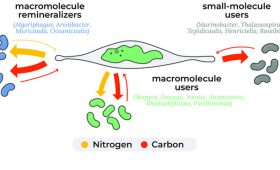
Researchers from Lawrence Livermore used LLNL’s nanoSIMS to understand and quantify the role of the algal microbiome in processing algal carbon (C) and nitrogen (N). The research appears in Nature Communications.
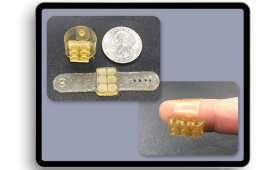
Engineers and chemists at LLNL and Meta have developed a new kind of 3D-printed material capable of replicating characteristics of biological tissue, an advancement that could impact the future of “augmented humanity.”
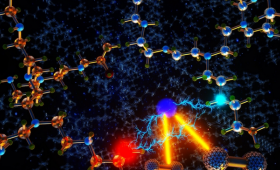
In a significant stride toward implementing scalable climate solutions, LLNL scientists have uncovered how some carbon capture materials have improved lifetime compared to others. These materials are key in addressing greenhouse gas emissions and global warming concerns.
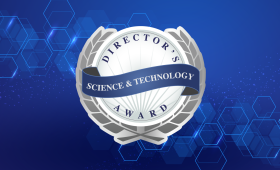
Three teams have been honored with the 2023 Director’s Science and Technology Awards. Their accomplishments made a significant impact on the Laboratory's mission and have been widely acknowledged internally and by the larger scientific community.
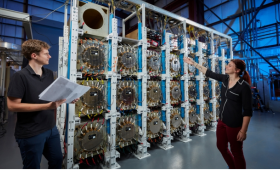
Members of LLNL’s Advanced Sources and Detectors (ASD) Scorpius accelerator team recently marked a major milestone in the project — the delivery of 24 line-replaceable units (LRUs), known as pulsers, forming a complete unit cluster.
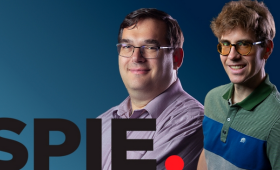
LLNL's Wren Carr and Peter DeVore have been elected as senior members of SPIE, the international society for optics and photonics.
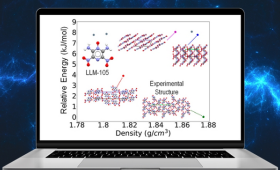
Research by LLNL and collaborators from Carnegie Mellon University demonstrates that crystal structure prediction is a useful tool for studying the various ways the molecules can pack together, also known as ubiquitous polymorphism, in energetic materials.

